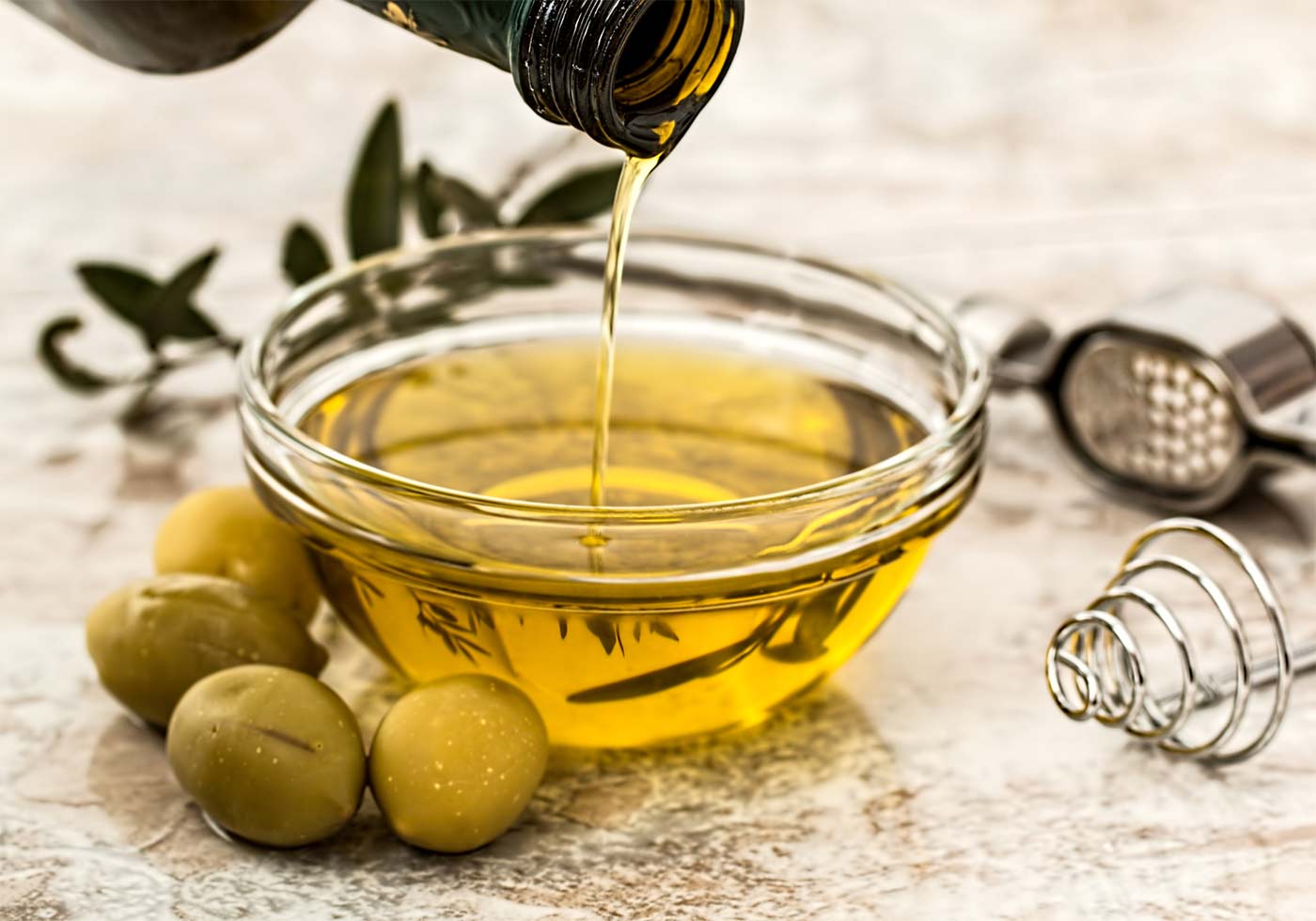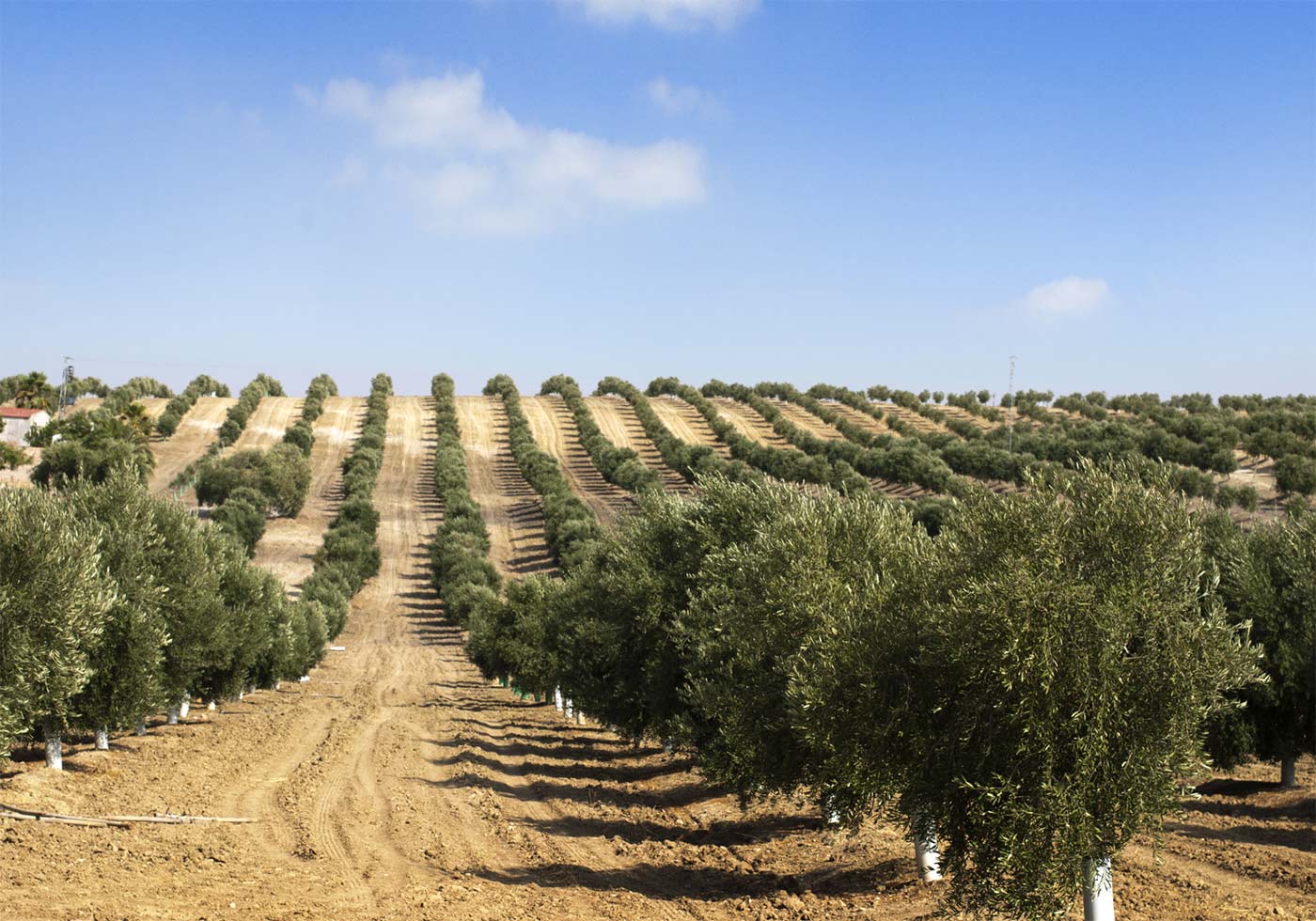
Cooking with olive oil
Olive oil is a versatile and healthy ingredient that can elevate your cooking with its rich flavor and numerous health benefits. Whether you’re drizzling it over a salad, using it as a base for a marinade, or frying up your favorite foods, olive oil can enhance the taste and nutritional value of your dishes. This guide will explore the various uses of olive oil in cooking, tips for selecting the right type, and best practices for preserving its quality.
Types of Olive Oil and Their Uses
There are several types of olive oil, each with its unique characteristics and best uses in the kitchen:
Extra Virgin Olive Oil (EVOO):
- Description: The highest quality olive oil, made from the first cold pressing of olives. It has a rich, fruity flavor and a low acidity level.
- Uses: Best used for drizzling, dipping, salad dressings, and finishing dishes. Its robust flavor shines when used fresh.
Virgin Olive Oil:
- Description: Also made from the first pressing but with slightly higher acidity and less intense flavor than EVOO.
- Uses: Suitable for cooking at moderate temperatures, sautéing, and roasting.
Pure or Regular Olive Oil:
- Description: A blend of virgin olive oil and refined olive oil. It has a milder flavor and higher smoke point than virgin or extra virgin.
- Uses: Good for general cooking, frying, and baking.
Light Olive Oil:
- Description: Refined olive oil with a very mild flavor. Despite the name, it has the same calorie content as other olive oils.
- Uses: Ideal for high-heat cooking like frying and baking where a neutral flavor is preferred.
Cooking Techniques with Olive Oil
1. Drizzling and Finishing
- Salads: Drizzle EVOO over fresh salads to enhance the flavors of vegetables, greens, and fruits.
- Soups: Add a splash of EVOO to soups just before serving for a rich, aromatic finish.
- Grilled Vegetables: Drizzle over grilled or roasted vegetables to add depth and richness.
2. Sautéing and Pan-Frying
- Sautéing: Use virgin or pure olive oil for sautéing vegetables, meats, and seafood at medium heat.
- Pan-Frying: Light olive oil is suitable for pan-frying due to its higher smoke point.
3. Baking
- Substitute for Butter: Replace butter with olive oil in baking recipes for a healthier alternative. Use light olive oil to avoid overpowering the flavor.
- Breads and Cakes: Olive oil adds moisture and a subtle richness to breads, cakes, and muffins.
4. Roasting and Grilling
- Roasting: Toss vegetables, meats, or poultry in olive oil before roasting to enhance browning and flavor.
- Grilling: Brush olive oil on meats, fish, or vegetables to prevent sticking and add a smoky, rich taste.
5. Marinades and Dressings
- Marinades: Combine olive oil with herbs, spices, and acidic ingredients like vinegar or lemon juice to create flavorful marinades for meats and vegetables.
- Dressings: Mix EVOO with balsamic vinegar, mustard, honey, and seasonings to make simple, delicious dressings for salads and grain bowls.
Tips for Cooking with Olive Oil
- Use the Right Type: Choose the appropriate type of olive oil for your cooking method to achieve the best flavor and performance.
- Monitor Heat: Olive oil has a lower smoke point than some other oils, so avoid overheating it. EVOO is best for low to medium-heat cooking, while light olive oil can handle higher temperatures.
- Store Properly: Keep olive oil in a cool, dark place, tightly sealed, to preserve its quality. Avoid storing it near the stove or in direct sunlight.
- Freshness Matters: Olive oil can go rancid over time. Use it within six months to a year of opening and check for any off smells or tastes before use.
- Quality Over Quantity: Investing in high-quality olive oil can make a significant difference in flavor and health benefits. Use it sparingly to enhance dishes rather than as a bulk cooking oil.
Health Benefits of Olive Oil
Olive oil is renowned for its numerous health benefits:
- Heart Health: Rich in monounsaturated fats, olive oil can help reduce bad cholesterol levels and lower the risk of heart disease.
- Antioxidants: Extra virgin olive oil is high in antioxidants, which help fight inflammation and reduce the risk of chronic diseases.
- Nutrient Absorption: The healthy fats in olive oil aid in the absorption of fat-soluble vitamins like A, D, E, and K.
- Anti-Inflammatory Properties: Olive oil contains compounds like oleocanthal, which have anti-inflammatory effects similar to ibuprofen.
Conclusion
Cooking with olive oil not only enhances the flavor of your dishes but also provides numerous health benefits. By choosing the right type of olive oil and using it appropriately, you can elevate your culinary creations while promoting a healthy lifestyle. Whether you’re drizzling extra virgin olive oil over a fresh salad or using light olive oil for high-heat cooking, incorporating this versatile ingredient into your kitchen will enrich your cooking experience.

"Olive Oil Field Norway"

"Olive Oil Field Finland"
“The team is part farmer, part archaeologist, always full of enthusiasm to inspire emotions through fragrances and flavors.”
Related Posts
How to make olive oil
Lorem ipsum dolor sit amet, consectetur adipiscing elit. Nunc quis risus mi. Ut placerat quam lectus
Best olives for oil
Lorem ipsum dolor sit amet, consectetur adipiscing elit. Nunc quis risus mi. Ut placerat quam lectus





Leave a Reply